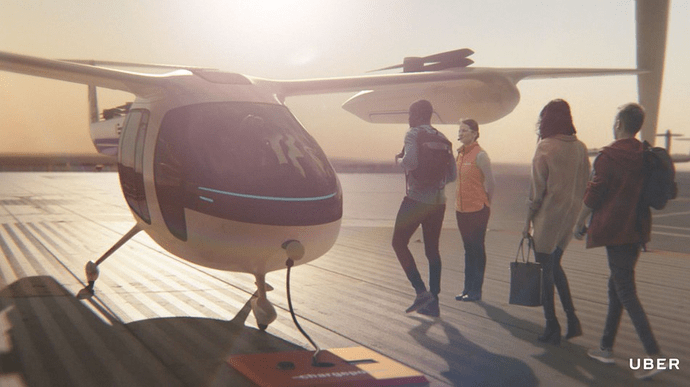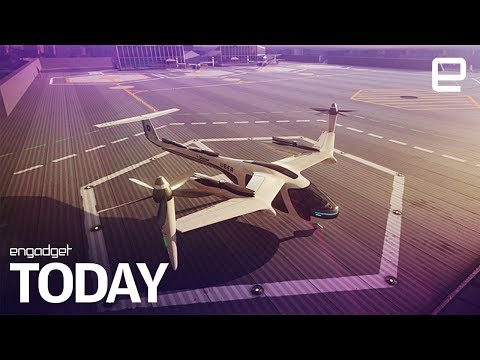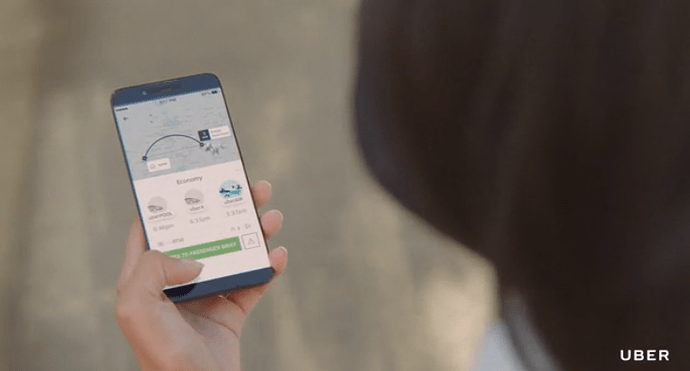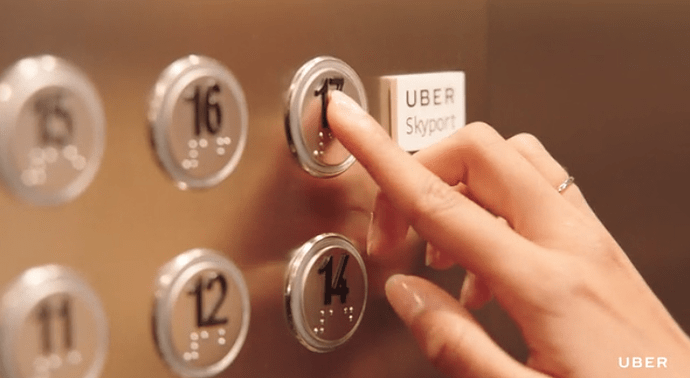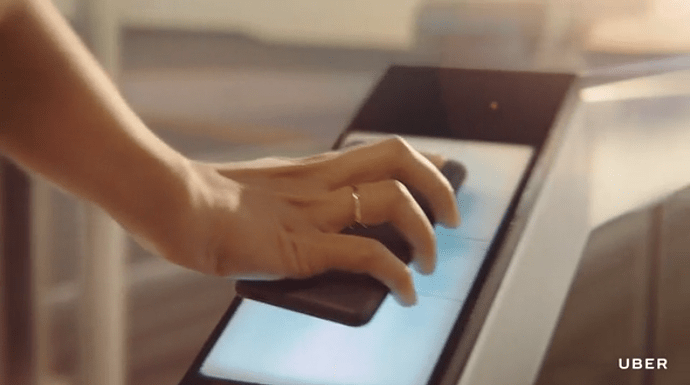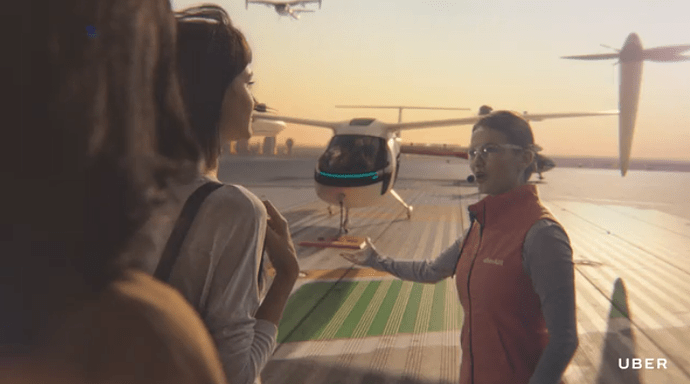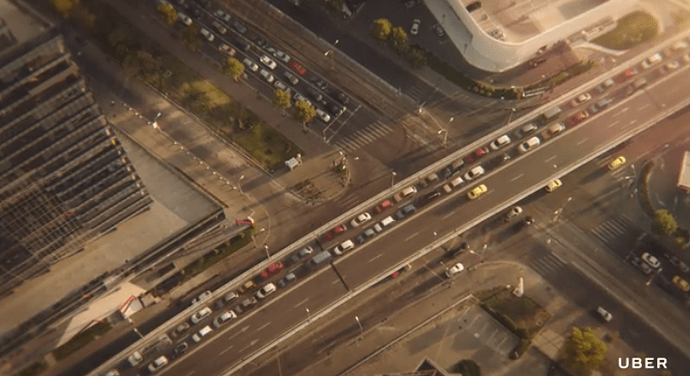Back in the 1960s, for example, no one would ever think that a day will come when an individual could order a pizza from their room, read a digital newspaper from their smartphone, buy groceries from their computer, or even sell their used books on the Internet.
You wouldn't imagine that because the dotcom boom was amiss. The Internet was in its infancy. No much tools to power ideas, innovation, and businesses.
But fast-forward today, and you'll see a totally different world.
A fast-paced world. An inter-connected world of the Internet, computers, websites, and social media. A world where adding another stream of income is so simple: You want to start making some money?
Simple: Turn your room into a hotel, your car into a cab.
But despite all these, you probably have never, ever imagine a period of time when technology would make it possible to bring ride-sharing to the skies. Uber is creating that world with its new Project Elevate.
Project Elevate
Uber's main goal for this project is to re-invent the ridesharing industry that it mostly creates—and largely dominates—by shuttling riders in flying jets.
These flying taxies, as stylish and sophisticated as they look, are not going to be created solely by Uber; manufacturers such as Aurora Flight Sciences, Pipistrel Aircraft, Embraer, Mooney and Bell Helicopter will help built the aero cars.
Earlier this month, Uber's head of product Jeff Holden announced that the company was excited to have entered into a business partnership with some aircraft manufacturers. "We feel really good," Holden said. "It's been a really interesting process getting our vehicle manufacturing partners aligned on performance specifications, so that they're building vehicles that align with what we need to make Elevate successful. So lots of good progress there."
Though Uber's vision seems like unfeasible, according to many experts' accounts, due to engineering and regulatory issues, the company hasn't diluted its vision. It, instead, strives to make its project not only a success but extraordinary as well. That's why the billion-dollar company is in cohorts with real estate firms and regulations to ensure that it builds functional flying cars; flying taxies that will last.
Currently, the pilot project is being tested in Dallas-Fort Worth, LA, and Dubai. More and more cities will be added in the years ahead, as the product launch will commence by 2020. But before then, partnering with NASA is crucial.
Partnering with NASA
For planes to shuttle on air, there's a need for traffic control systems to ensure safety, security, and safe landing on the runways.
So Uber has also partnered with NASA. Signing a pact with NASA is a great deal for the ride-hailing company, as that will speed up its Project Elevate and put critics to shame. "NASA is very focused on getting UTM adoption and pressure-testing the framework and make sure it works correctly," Holden said. "Uber is actually trying to put this new air traffic system into production."
The flying car project doesn't have to wait till 2020; the company, Holden says, will begin flying a fleet of low-flying helicopters around Dallas-Fort Worth Airport — while working to fix some of its daunting infrastructure and regulation issues.
That aside, now let's dive in and see how this flying helicopter works.
How Uber's aerial taxi will work?
The traditional way of flying in an airplane is usually to:
- Visit a nearby airport
- Show some IDs at their airport
- Board the plane
- Land home
But this is not 1960s.
In today's digital age, traditional ways of doing things are turned upside down. According to the first video demonstration of the plane-helicopter, released by Uber, you don't have to go to the airport to fly. The jet will get to your neighborhood.
Here's a step by step process to flying with Uber's aerial cab:
Step #1: Book the flight through your Uber app. Just like you would with your normal Driver app. Tap the app, and book the plane-helicopter hybrid. It's totally that simple.
Step #2: Mount the roof of a nearby building. Not with parachute—no—but with an escalator. It's the equivalent of driving for 40 minutes to the airport, wrestling with traffic, speeding to catch up your flight before it's gone.
Step #3: Badge up through a turnstile using your smartphone. You'll also be weighed for safety.
Step #4: Next, agents will welcome you and lead you—along with other—passengers across the roof to the plane.
Step #5: Finally, enter the aircraft, like a celebrity, and fly above the city… Then land—within the blink of an eye—to your destination.
The speed, the convenience, the experience…it's really "closer than you think." The question is …
Can you afford it?
You have fallen in love with it already: Beautifully designed, Electric aero taxi, packed atop a rooftop in your neighborhood waiting for you.
You know it will be convenient: There's nothing better and soothing than sitting on a plane, book in hand, flying home.
And you're safe from millions of issues of the road: Who cares about a traffic jam?
Maybe all these luxuries come with a hefty price tag? No, surprisingly. It's only $20 per a trip, and there will be tens of thousands of flights per day, according to the company.
Well, your imagination is metamorphosing into a reality after all.

